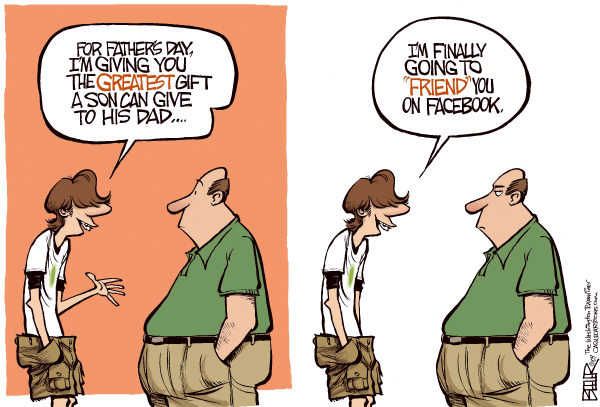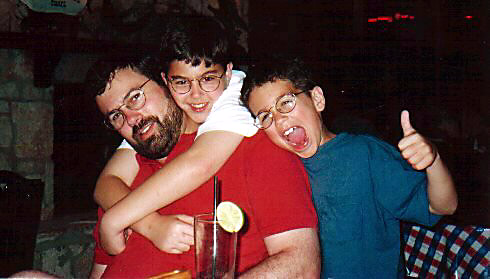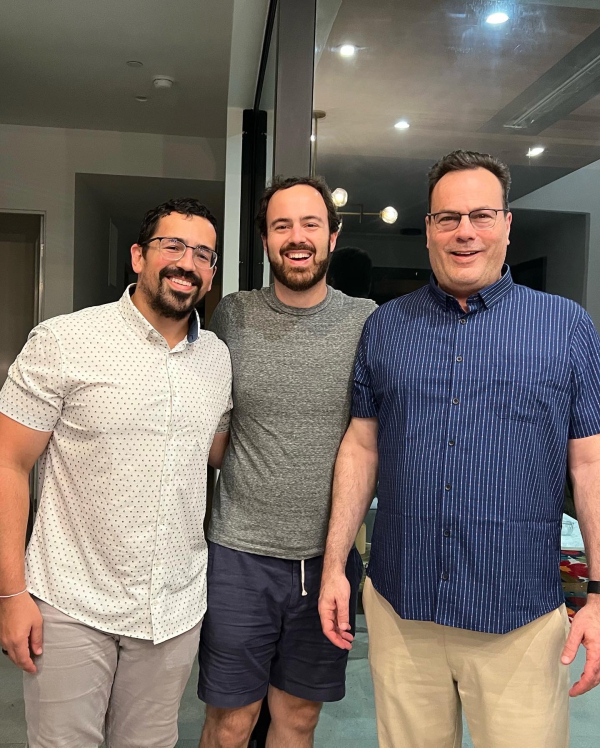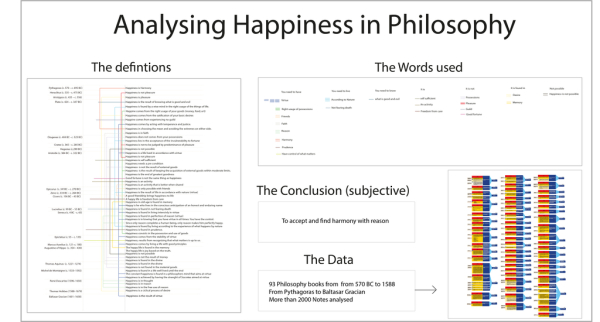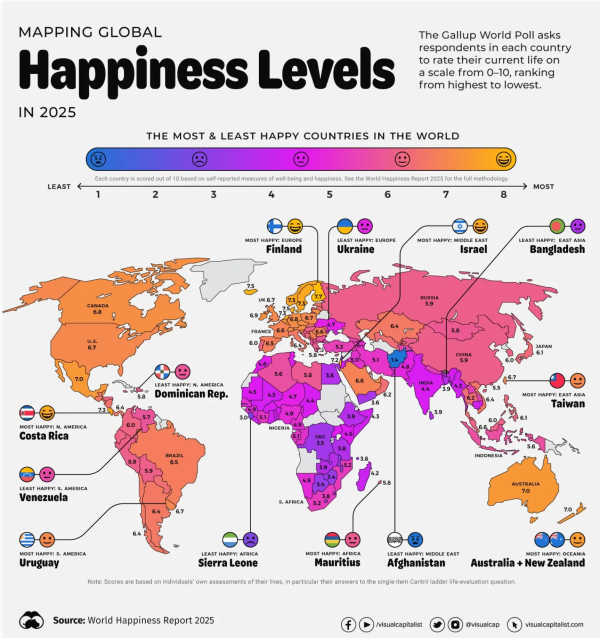Thursday was Yom Kippur, which translates to “Day of Atonement” and is one of the High Holy Days in the Jewish religion. This year, as I sat in synagogue, I found myself reflecting on my own challenges deeply. While tradition calls for communal prayers and rituals, I realized how much these ancient practices are really about the individual journey to become better.
The Persistant Challenges of Human Nature
Ancient prayers can reveal timeless struggles.
As part of the atonement process, participants read a list of sins (available here), apologize for those committed, and ask for forgiveness. I would encourage you to read that list and use it to think about your life and the impact you have on those around you. These issues are likely to be both timely and timeless. The list is thousands of years old, yet it’s still surprisingly relevant.
As I went through the list, two things struck me. First, regardless of the changes in the world over time (technology, geopolitics, urbanization, mobility, etc.), human nature remains relatively unchanged (otherwise, the issues on the list would seem quaint or outdated). Second, despite all that has changed in the World, these issues remain important. That suggests that these issues are more important than most people realize.
A Time for Reflection and Commitment
Even if you have managed to stay on the right side of the Ten Commandments and haven’t killed or stolen … you have most likely been frivolous, stubborn, hurtful, dismissive, or judgmental (I know I have …). It’s not just black and white or right and wrong … Frequency, intensity, and duration matter too.
This past year has brought its share of challenges. Yet, Yom Kippur isn’t a time for self-pity or blame — it is a call to look inward with honesty, to reflect, and to commit anew to becoming our best selves.
With that in mind, another prayer read on Yom Kippur is Unetaneh Tokef. This prayer paints a powerful image of judgment day, depicting the fate and destiny of every person — prompting deep introspection about our choices and actions.
To set some context, the theme of the High Holy Days is a Divine decree being written about your Life … think about it as a yearly judgment day. Supposedly, on Rosh Hashana, three books are opened in Heaven – one for the thoroughly wicked, one for the thoroughly righteous, and one for those in-between. The thoroughly righteous are immediately inscribed clearly in the Book of Life. The thoroughly wicked are immediately inscribed clearly in the Book of Death. The fate of those in-between is postponed from Rosh Hashana until Yom Kippur, at which time those who are deserving are then inscribed in the Book of Life, those who are undeserving are then inscribed in the Book of Death.
Below is a brief excerpt from the prayer that captures the spirit of the judgment each person faces.
Who will rest and who will wander, who will live in harmony and who will be harried, who will enjoy tranquillity and who will suffer, who will be impoverished and who will be enriched, who will be degraded and who will be exalted.
On one hand, you can read that and pray for Divine intervention (or perhaps favor), or you can recognize that we each have a choice about who we want to be, how we show up, and what we make things mean. Your choices about these things have real power to create the experience and environment you will live in next year.
Thoughts On Connection
This year’s sermon focused on connection. In past years, the message often centered on being present in the moment — acting with intention and living in alignment with your values. This year was no different at its core, but the Rabbi approached it from a fresh angle. He compared one’s connection to God with the connections we nurture — or neglect — with a spouse, a sibling, or a child. His point was that it’s not enough to be present in the moment; we must also be present with each other. I appreciated that distinction and found myself wondering where I might be “phoning it in.” Living in alignment internally is only half the work … we need to practice that alignment outwardly, too.
What Kintsugi Can Teach Us About Healing
We can learn from many other cultures. For example, let’s look at Kintsugi. It is the Japanese art of repairing broken ceramics with lacquer dusted or mixed with powdered gold, silver, or platinum. This process highlights the object’s “scars” rather than concealing them. It is rooted in the philosophy that breakage and repair are part of an object’s history and can make it more beautiful and resilient. The artform can also serve as a metaphor for embracing flaws and past traumas as sources of strength and beauty.
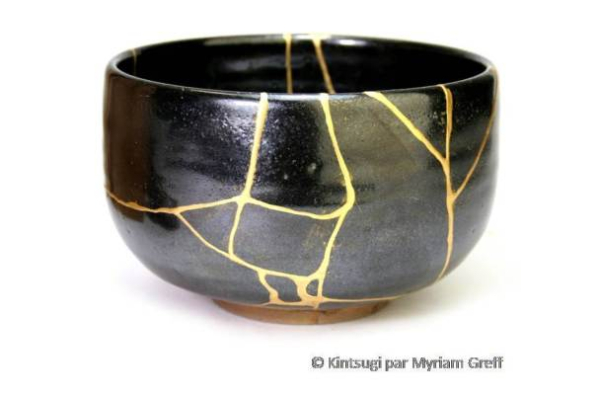
This concept is an excellent reminder as we unpack the “trauma” of shootings, culture wars, actual wars, and more. Progress isn’t always linear — every setback is a part of our story, and even our scars can be sources of wisdom and strength. As we heal, we should also strive to help heal the world around us. In the Jewish faith, that concept is called Tikkun Olam.
Transformation Is Closer Than You Think
One of the themes of Yom Kippur is that you’re only one good deed from tipping the scale towards good for yourself and others. As you recognize and repent for your sins, it’s also important to appreciate the good you did (and do) as well.
As I look at my year, atone, and look forward, I’m reminded of two definitions I heard recently.
One is that “intelligence” can be defined as the ability to get or move towards what you want … and the second is that “learning” is the ability to get a better result in the same situation.
I choose to look at going forward as a chance to clear the slate and Be and Do better … personally, professionally, in the business, and in relationships. I know that there’s lots of room for improvement, opportunities for growth, and the ability to simply put the past behind me and focus on a better future.
Initially, I looked at Capitalogix as a technology company that built trading and fund management capabilities. Over time, I realized that the team, our tools, and the things we do backstage are more valuable than the front-stage results that we produce. We can leverage these to amplify intelligence in virtually any industry.
The future is going to be about making better decisions, taking better actions, and continually improving performance. That won’t really change. Almost everything else will. So, the business is really about the things that don’t change.
I think this is probably true in life as well. Many parts of you change … but the part of you that doesn’t is really the core of who you are.
Sprinting Towards What You Want
With roughly 80 days left in the year, it’s easy to get caught up in frustrations over politics or inflation, blaming outside forces for unmet goals. Yet, these remaining days are also a unique opportunity—a perfect time to sprint toward positive changes and finish the year strong.
There is plenty of time to make this your best year yet. What can you do? What will you do?
What could you do to make the life of someone around you better? Likewise, how can you let others know you’re thankful for them?
To reference a book by Ben Hardy and Dan Sullivan, transformational change is often easier than incremental change (because you don’t have to drag the past forward).
So, what can you do that would trigger 10X results? More importantly … Will you do it?
I hope you all experience growth in your mental state, your relationships, and your businesses. As you approach year’s end, remember you’re not just starting fresh – but integrating the “gold” from repaired experiences.
Best wishes for a great day and an even better year!

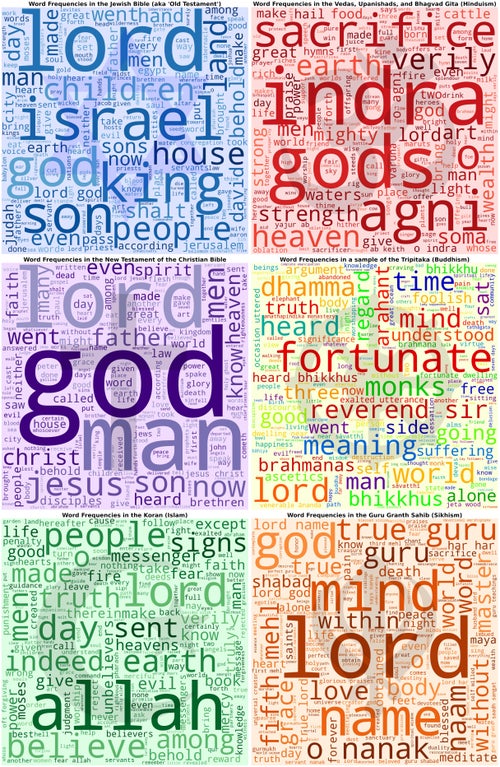
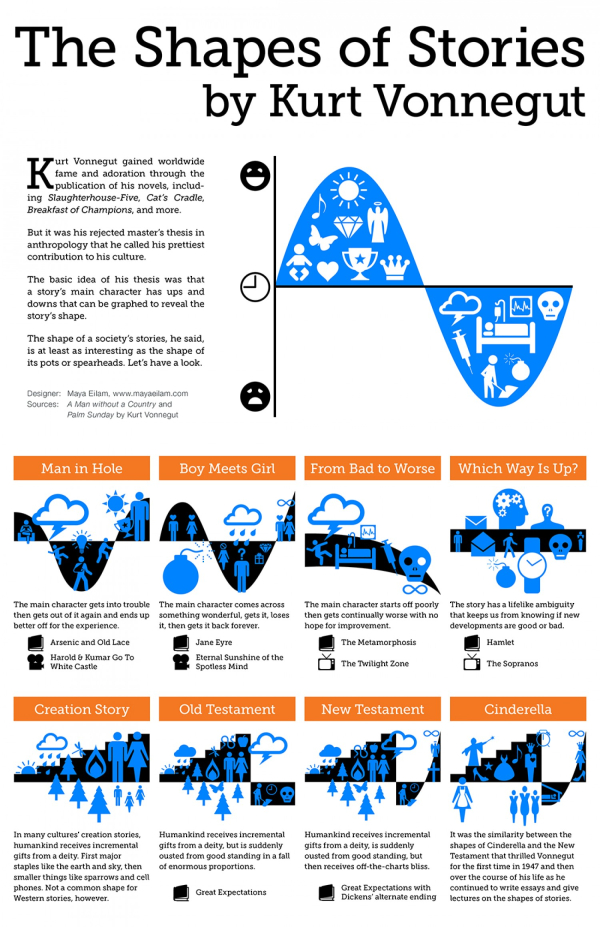
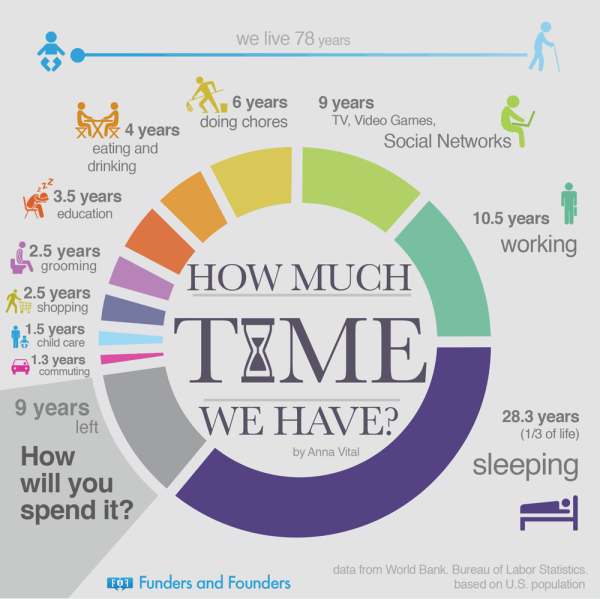 via
via 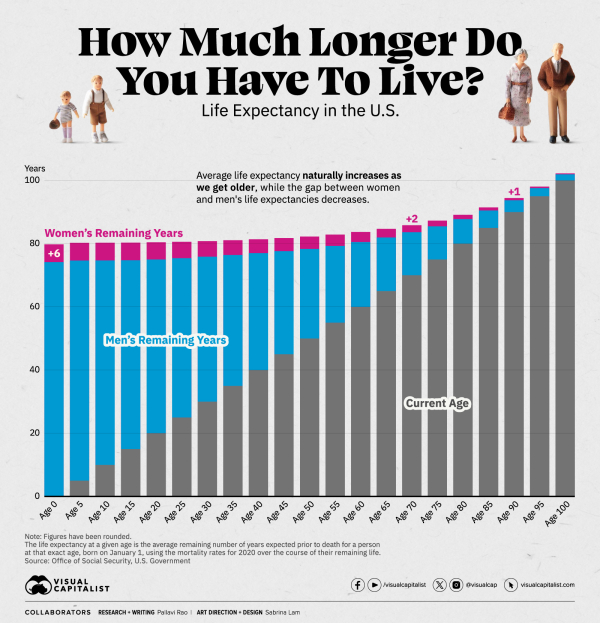
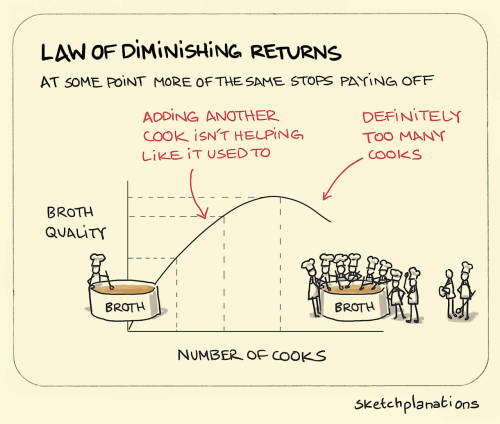 via
via 
